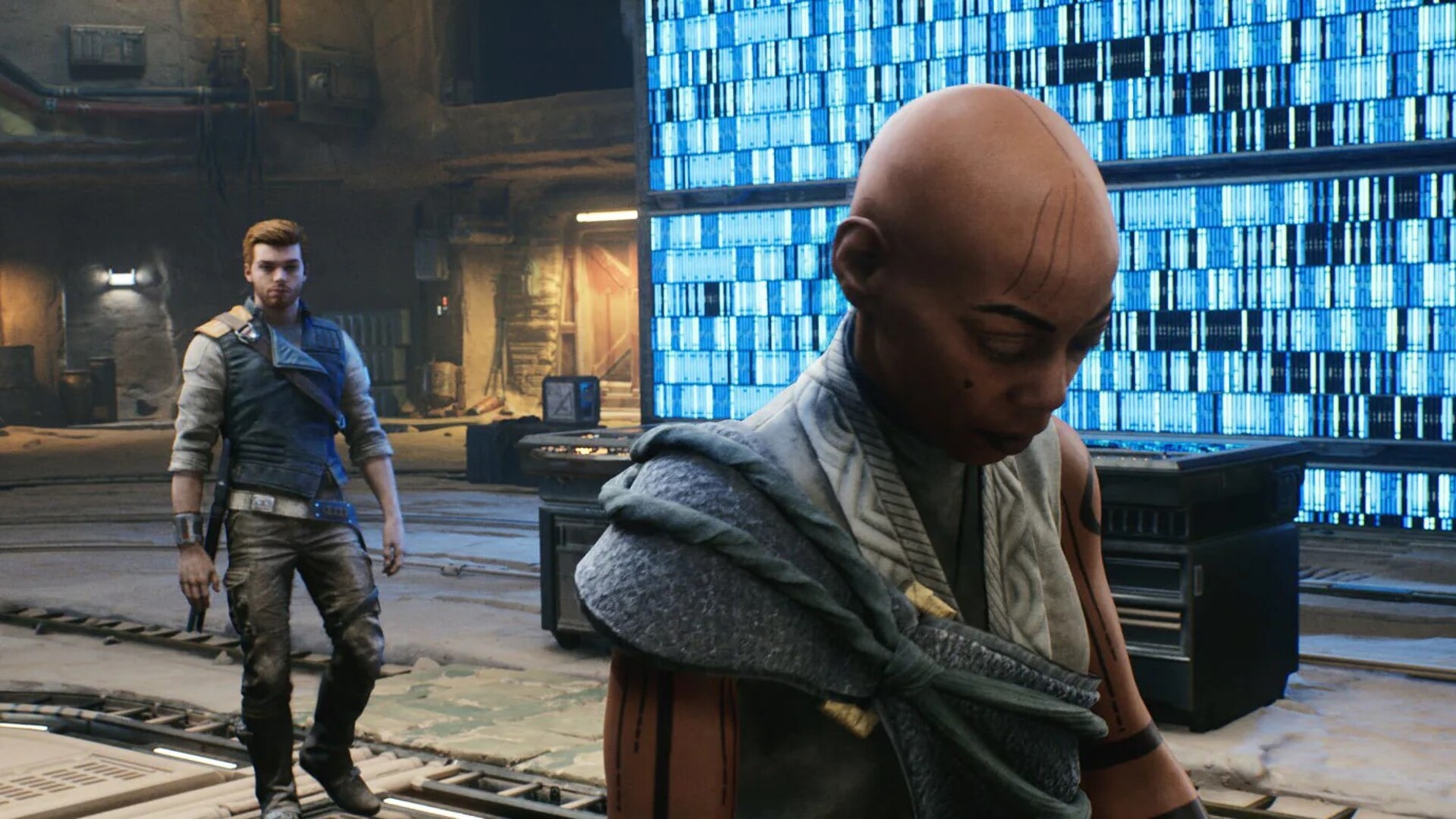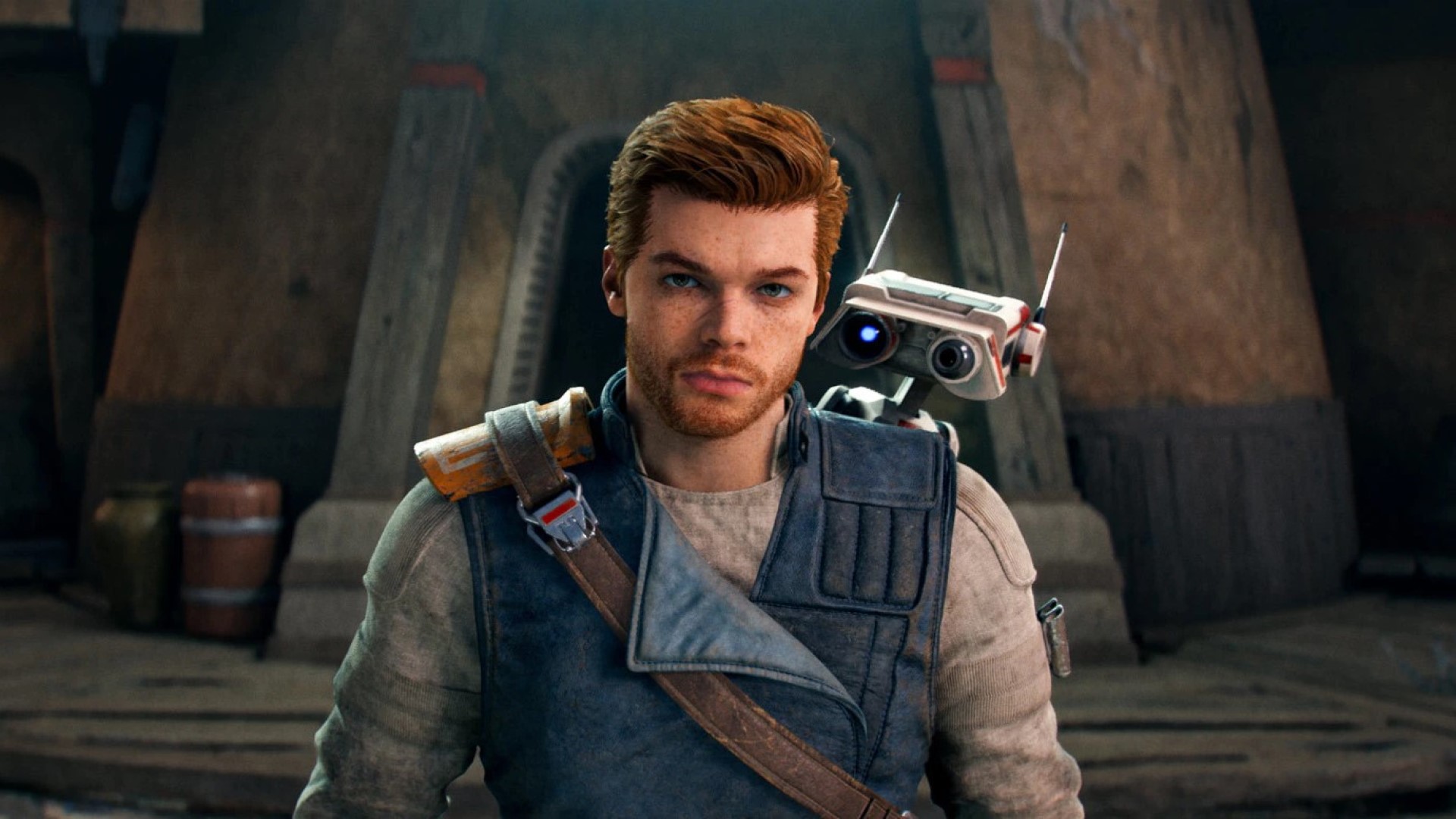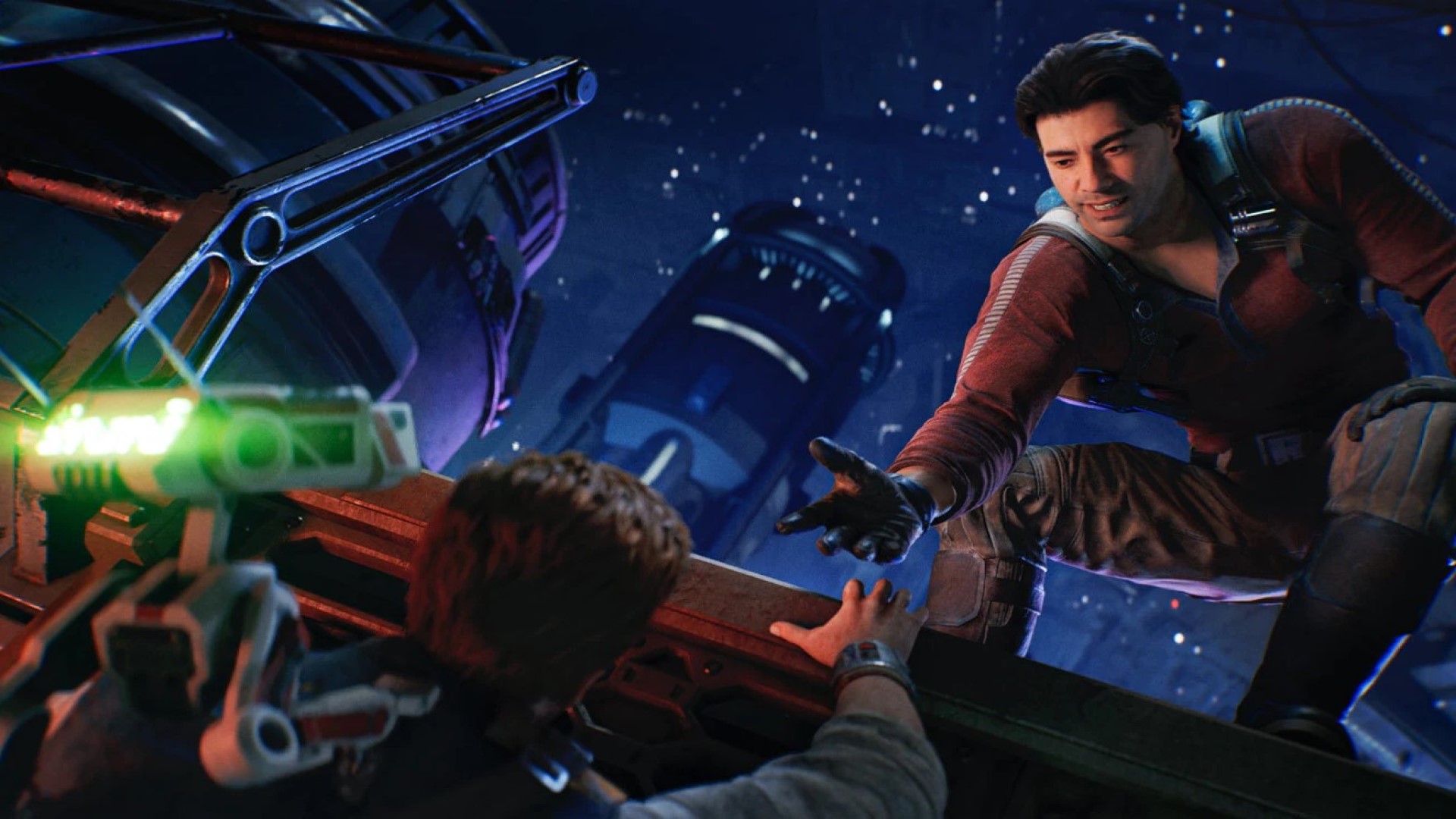Star Wars Jedi: Survivor doesn't need the Force to play at 8K... just the Nvidia RTX 4090
How does the best Star Wars game in years perform at 8K?

PC built by Stormforce Gaming
Motherboard: Asus PRIME Z-790P LGA 1700
Processor: Intel Core i9-13900K, 24 Cores / 32 Threads
CPU Cooler: Corsair iCUE H100i 240mm ELITE CAPELLIX Liquid CPU Cooler
GPU: Nvidia GeForce RTX 4090
Storage: 1.0TB Seagate FireCuda 530 M.2 NVMe SSD
Case: Corsair iCue 5000X RGB
RAM: Corsair Vengence 32GB DDR5 4800MHz
Screen: LG 55NANO966PA
I'll be honest: after being a fan for decades, I'm a bit burned out on Star Wars. While the low point of the entire franchise remains the woeful Episode II: Attack of the Clones, recent entries have been rather poor, despite a few Andor-shaped highlights.
I haven't even bothered with the third season of The Mandalorian yet, but I've been hearing some very good things about Star Wars Jedi: Survivor, the latest game set in a galaxy far, far away, and that got me wondering: could playing what's been billed as the best Star Wars game for years in glorious 8K resolution help reignite my love of the franchise? Or, like the 15-year-old me after The Phantom Menace, will I be left confused and disappointed?
So, to put Star Wars Jedi: Survivor through its paces at 8K, I fired up our powerful 8K gaming PC, built by Stormforce Gaming, which comes with an Nvidia RTX 4090 GPU - still the most powerful consumer graphics card in the world with 24GB of GDDR6X memory with a 384-bit interface and 21Gbps memory speed. If you're in the UK, you can order the same high-end setup from Stormforce Gaming.

I have a bad feeling about this...
I try to keep optimistic when loading up games to play in 8K these days, mainly because of just how powerful the RTX 4090 is, and also how well a lot of games I've tested run at 8K, especially if they use DLSS, a form of AI-powered upscaling that can help reduce the workload on a GPU when playing games at high resolutions.
Essentially, it allows games to run much better, even at 8K, and I've seen it make the difference between an unplayable slideshow of a game, and an enjoyable ultra-ultra-high-definition extravaganza.
However, there were a few things that made me slightly worried as Star Wars Jedi: Survivor downloaded (it's an epic 120GB on PC, so gird your internet connections). For a start, there was no mention of DLSS support for the game, which could make playing at 7,680 × 4,320 tricky.
Also, there had been early reports that the PC version of Star Wars Jedi: Survivor was suffering from performance issues. This is frustrating, as despite this being one of the best times to be a PC gamer, there's been a recent spate of ports with sub-par performance and other issues. For any PC gamer that's been playing as long as I have (oh god, I'm old), this will undoubtedly bring back memories from the dark days when game publishers seemed to forget about PC gamers, instead concentrating on consoles, leading to rushed and ultimately rather garbage PC versions.
Sign up for breaking news, reviews, opinion, top tech deals, and more.
So, when Star Wars Jedi: Survivor had finally downloaded, it was with a fair bit of trepidation that I clicked the icon and loaded the game.

Hello there
The good news is that I was very pleasantly surprised.
With all the graphical settings set to their highest 'Epic' level, including with ray tracing on for realistic lighting effects, the game certainly struggled, hitting 21.6fps (frames per second) on average, and dropping down to just 16fps. However, there were some promising signs. For a start, the game didn't crash or refuse to run as I had feared. Animations were certainly choppy, but the game was kind of playable.
Star Wars Jedi: Survivor has combat that relies heavily on well-timed attacks and parries, which means you want the game to be as fast and fluid as possible. So, while you wouldn't want to play it at 21.6fps, it wasn't the complete horror show I was expecting. There was, however, a weird side effect where a faint image of the game from before I switched resolutions remained on screen, sort of like a shadow.
Another thing that struck me straight away was how good the game looked (apart from the ghosting). The beginning takes place on a planet (no spoilers, but you can probably guess what it is) that is one large, bustling city. With grimy back alleys, flying cars, and neon lights, it reminded me of the fantastic Cyberpunk 2077 – and a lot of the environmental effects really benefit from ray tracing's realistic lighting and reflections. To really get the most out of the immersive atmosphere of the game, you want ray tracing turned on. The issue is, ray tracing is extremely taxing on hardware, and having it turned on can seriously nuke your performance.
However, there was another ray (trace) of light: while Star Wars Jedi: Survivor does not have DLSS support, it does support AMD's similar FidelityFX Super Resolution 2, which also uses clever upscaling tricks to lessen the burden on your GPU when playing at high resolutions. I was recently very impressed with how it worked with Resident Evil 4 in 8K, so I had high hopes I could increase the performance of Star Wars Jedi: Survivor without sacrificing too much visual splendor.

Another win for AMD
While FidelityFX Super Resolution 2 is AMD tech, it's not limited to AMD GPUs, unlike Nvidia's DLSS, which is exclusive to its own cards.
Switching it on and setting it to 'Quality', which minimizes the amount of upscaling performed to improve graphical fidelity while sacrificing performance gains, the average frame rates leapt to 37.9 fps, peaking at 43fps.
This instantly made the game feel better, passing the 30fps barrier that I believe is the minimum a game needs to hit to be playable. The game looked just as good as at native 8K, especially in scenes with bright neon lighting and lightsaber effects, and best of all, there was no sign of the weird image ghosting I saw at native 8K.
Switching FidelityFX Super Resolution 2 to 'Balanced' saw another leap to 45.8fps on average, with a maximum frame rate of 54.1fps recorded.
Again, the game felt a lot more responsive, and it still looked fantastic. While the image was softer than when the game was running at native 8K, it wasn't that noticeable, especially during scenes where there was a lot of movement. The fluidity of the gameplay more than made up for this.
I then switched FidelityFX Super Resolution 2 to Performance mode, which uses a lower starting resolution to upscale to 8K, so performance improvements are larger, but image quality can take a hit.
With this setting, the game hit 56.3 on average and even exceeded the goal of 60fps, which is the highest frame rate you can currently experience at 8K due to hardware limitations of modern displays.
Edges around the player character and some objects became fuzzier, however, leading to a noticeably less sharp image. However, this didn't drastically impact my enjoyment of the game, and with the atmospheric lighting and reflections still intact, it remained a fantastic-looking game. At this frame rate, it also allowed me to really enjoy exploring the world. It was once again a thrill to be in the Star Wars universe.
Finally, I switched FidelityFX Super Resolution 2 to Ultra Performance mode. There was another slight dip in image quality, but I was now hitting 59.6fps on average. The game felt fast and fluid, even in high-paced fights where timing is essential, and it still looked fantastic – as all graphical settings remained on 'Epic'.
Once again, we've got a visually ambitious game that can play at 8K, an increasingly common scenario that I'm really excited about. Both DLSS and in this case, FidelityFX Super Resolution 2 have really shown how we can now enjoy ground-breaking graphics at incredible resolutions without sacrificing performance.
Perhaps best of all, it reminded me that despite my misgivings about certain entries in the franchise, when the stars align and things turn out well, I still love the Star Wars universe, and I'm looking forward to exploring it more. It's been a while since I was last able to say that.
- These are the best GPUs of 2023

Matt is TechRadar's Managing Editor for Core Tech, looking after computing and mobile technology. Having written for a number of publications such as PC Plus, PC Format, T3 and Linux Format, there's no aspect of technology that Matt isn't passionate about, especially computing and PC gaming. He’s personally reviewed and used most of the laptops in our best laptops guide - and since joining TechRadar in 2014, he's reviewed over 250 laptops and computing accessories personally.